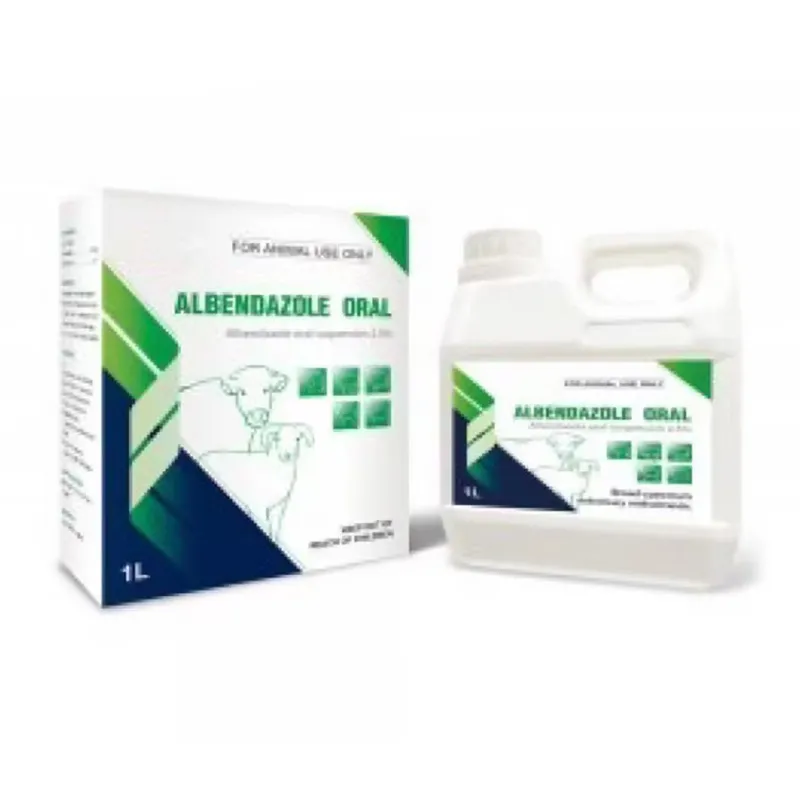- Afrikaans
- Albanian
- Amharic
- Arabic
- Armenian
- Azerbaijani
- Basque
- Belarusian
- Bengali
- Bosnian
- Bulgarian
- Catalan
- Cebuano
- Corsican
- Croatian
- Czech
- Danish
- Dutch
- English
- Esperanto
- Estonian
- Finnish
- French
- Frisian
- Galician
- Georgian
- German
- Greek
- Gujarati
- Haitian Creole
- hausa
- hawaiian
- Hebrew
- Hindi
- Miao
- Hungarian
- Icelandic
- igbo
- Indonesian
- irish
- Italian
- Japanese
- Javanese
- Kannada
- kazakh
- Khmer
- Rwandese
- Korean
- Kurdish
- Kyrgyz
- Lao
- Latin
- Latvian
- Lithuanian
- Luxembourgish
- Macedonian
- Malgashi
- Malay
- Malayalam
- Maltese
- Maori
- Marathi
- Mongolian
- Myanmar
- Nepali
- Norwegian
- Norwegian
- Occitan
- Pashto
- Persian
- Polish
- Portuguese
- Punjabi
- Romanian
- Russian
- Samoan
- Scottish Gaelic
- Serbian
- Sesotho
- Shona
- Sindhi
- Sinhala
- Slovak
- Slovenian
- Somali
- Spanish
- Sundanese
- Swahili
- Swedish
- Tagalog
- Tajik
- Tamil
- Tatar
- Telugu
- Thai
- Turkish
- Turkmen
- Ukrainian
- Urdu
- Uighur
- Uzbek
- Vietnamese
- Welsh
- Bantu
- Yiddish
- Yoruba
- Zulu
8 月 . 17, 2024 18:34 Back to list
Effective Disinfectants for Maintaining Hygiene in Animal Care Environments
Disinfectants Used in Animal Care Facilities Ensuring Health and Safety
In animal care facilities, maintaining a clean and safe environment is paramount for the health of both the animals and the humans who interact with them. As they are often bustling with various species, the risk of disease transmission is heightened, making effective disinfection crucial. This article explores the types of disinfectants commonly used in animal care facilities, their effectiveness, and best practices for their application.
Types of Disinfectants
Disinfectants are chemical agents designed to eliminate or reduce harmful microorganisms on surfaces. In animal care settings, several classes of disinfectants are often employed, including quaternary ammonium compounds (quats), phenols, aldehydes, and chlorine-based products.
1. Quaternary Ammonium Compounds (Quats) Quats are widely used due to their effectiveness against a broad range of bacteria, viruses, and some fungi. They are favored for their low toxicity to animals and ease of use. Often used for routine cleaning, they are effective on surfaces like cages, kennels, and grooming tools.
2. Phenolic Disinfectants Effective against bacteria, viruses, and fungi, phenolic disinfectants are potent and can withstand organic matter. However, they can be harsh and may pose health risks if proper precautions are not taken. Therefore, their use must be carefully monitored in closely populated animal environments.
3. Aldehydes Aldehyde-based disinfectants, like formaldehyde and glutaraldehyde, are highly effective but can be toxic to both animals and humans if inhaled or ingested. These products are usually reserved for more serious decontamination needs or in situations where strict aseptic conditions are required.
4. Chlorine-based Disinfectants Sodium hypochlorite, commonly known as bleach, is a powerful disinfectant known for its broad-spectrum efficacy. It is cost-effective and simple to use, but its corrosive nature and the potential harm it presents to sensitive animal species must be considered, requiring dilution and careful application.
Effectiveness and Application
disinfectants used in animal care facilities

The effectiveness of a disinfectant depends not only on its chemical composition but also on factors such as contact time, concentration, and the presence of organic matter. To maximize efficacy, surfaces should be thoroughly cleaned to remove dirt and organic debris before disinfection. Failure to do so can render disinfectants less effective.
When applying disinfectants, it is essential to adhere to the manufacturer's instructions regarding dilution ratios and contact time. Some disinfectants may require prolonged exposure to effectively eradicate pathogens. In high-risk areas, frequent disinfection is advisable, especially in locations where animals are housed, and during outbreaks of infectious diseases.
Best Practices and Safety Precautions
Using disinfectants in animal care facilities necessitates not only efficacy but also safety. Best practices include
- Training Staff Ensuring all staff members are well-trained in the proper use of disinfectants, including understanding the risks involved and the correct procedures for application, dilution, and storage.
- Ventilation Maintaining adequate ventilation when using potent disinfectants to prevent respiratory irritation for both animals and humans.
- Protective Equipment Providing personal protective equipment (PPE) such as gloves, masks, and goggles can help reduce exposure to potentially harmful chemicals.
- Monitoring Animal Response Observing animals post-disinfection for any adverse reactions is crucial, as some may exhibit sensitivities to certain chemicals.
In conclusion, the judicious use of disinfectants in animal care facilities is essential for promoting a healthy environment. By understanding the various types of disinfectants, their appropriate application, and safety practices, facilities can mitigate the risks of disease transmission and ensure the well-being of their animal residents.
-
The Power of Radix Isatidis Extract for Your Health and Wellness
NewsOct.29,2024
-
Neomycin Sulfate Soluble Powder: A Versatile Solution for Pet Health
NewsOct.29,2024
-
Lincomycin Hydrochloride Soluble Powder – The Essential Solution
NewsOct.29,2024
-
Garamycin Gentamicin Sulfate for Effective Infection Control
NewsOct.29,2024
-
Doxycycline Hyclate Soluble Powder: Your Antibiotic Needs
NewsOct.29,2024
-
Tilmicosin Premix: The Ultimate Solution for Poultry Health
NewsOct.29,2024













